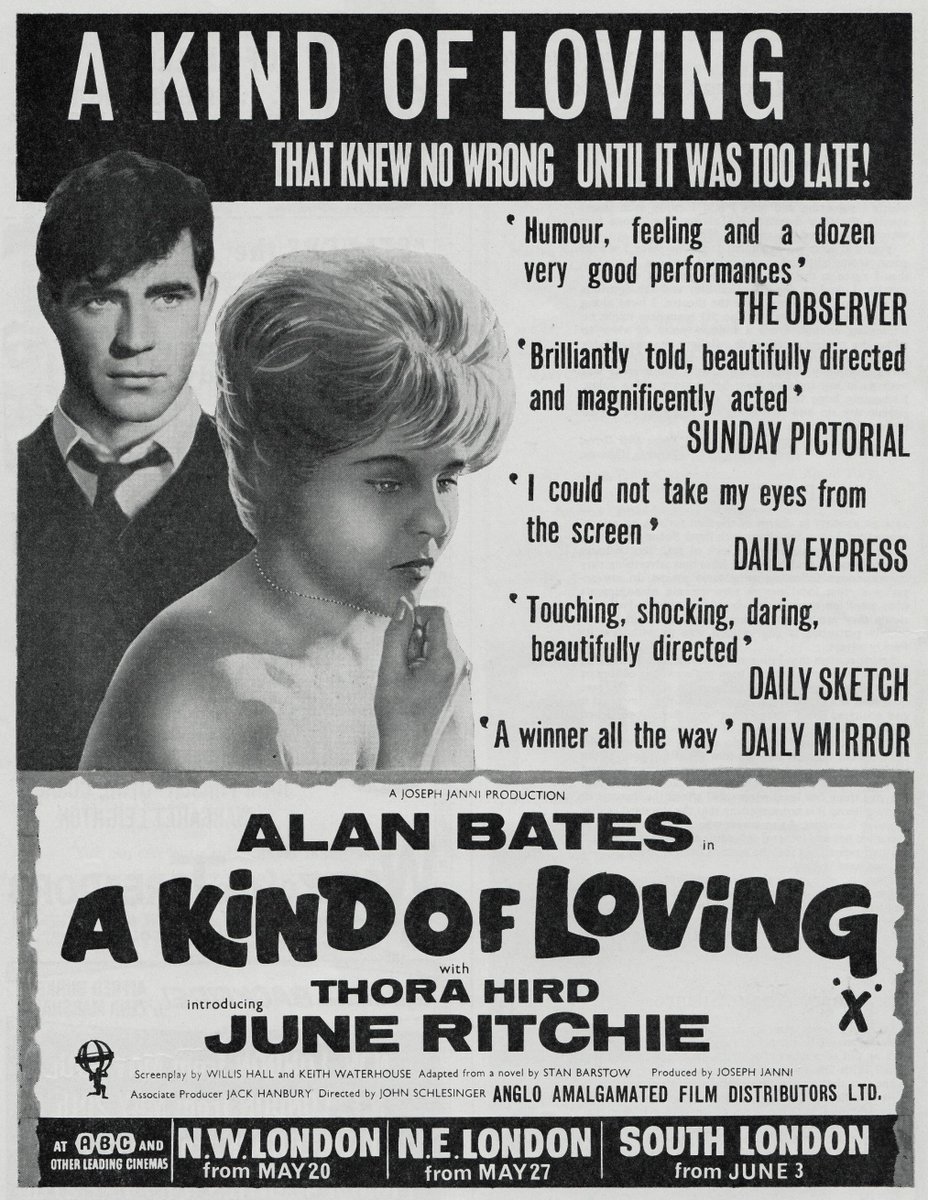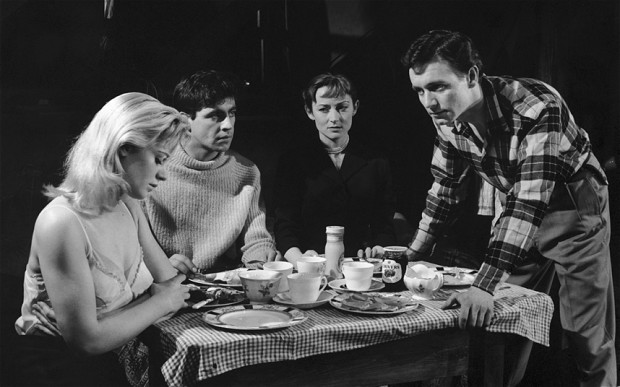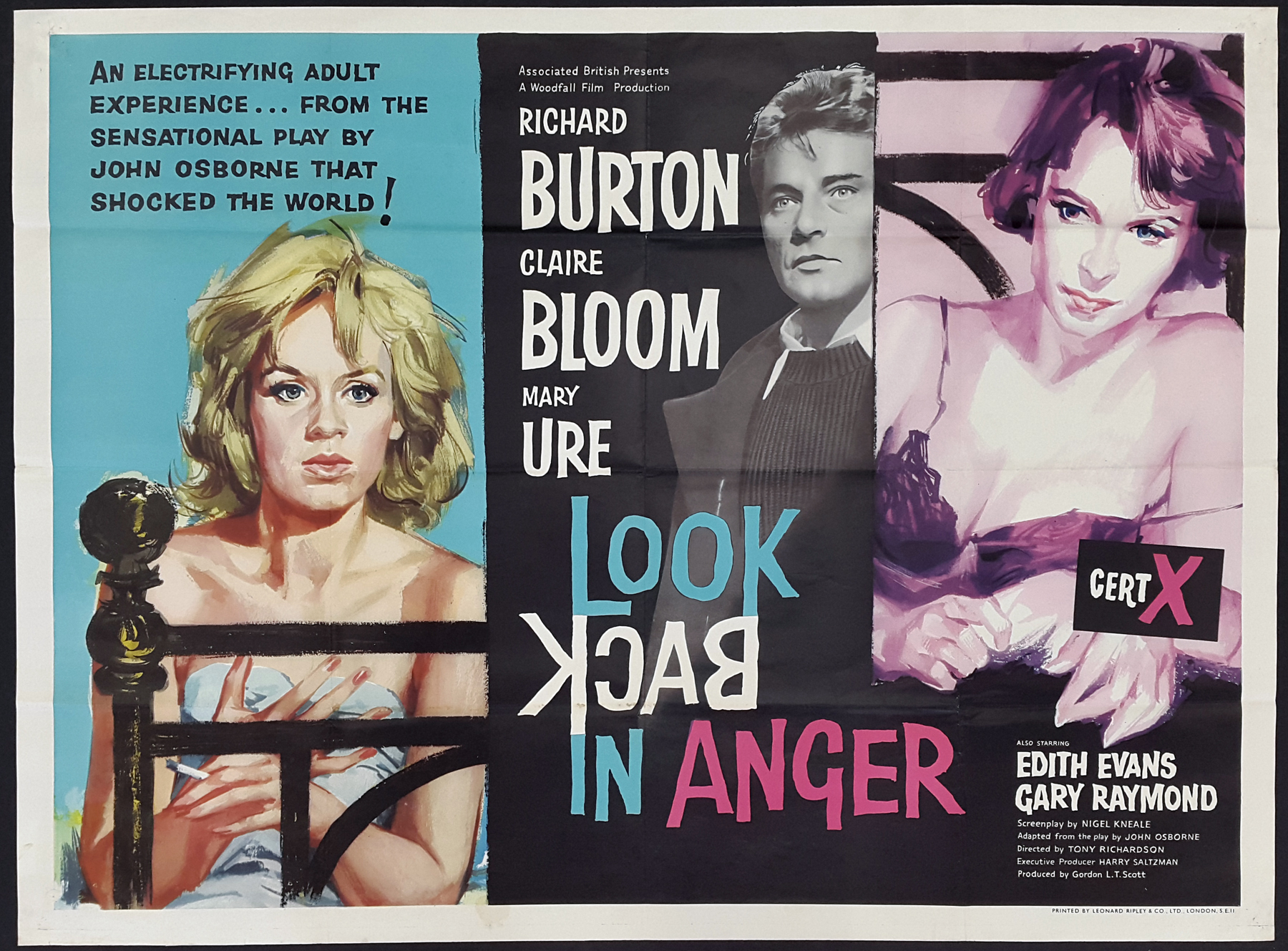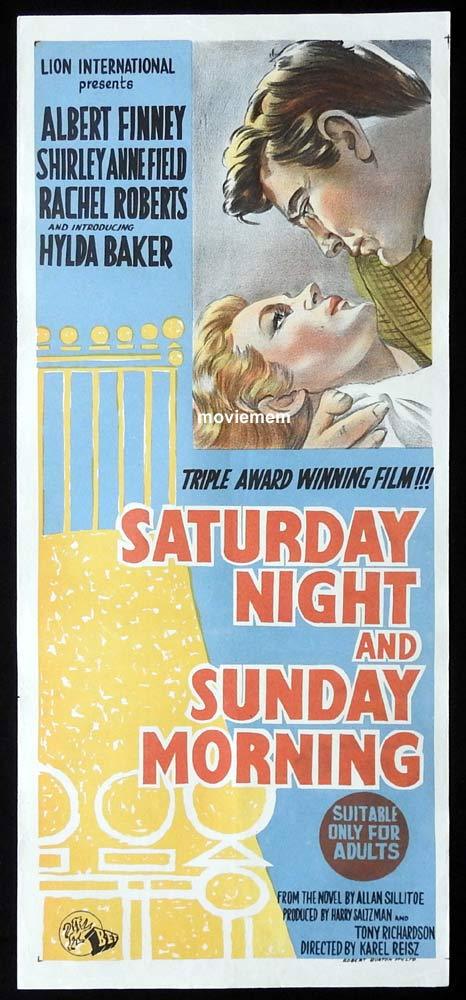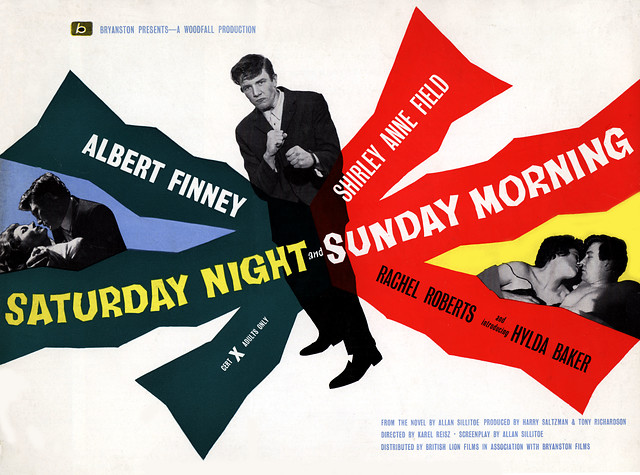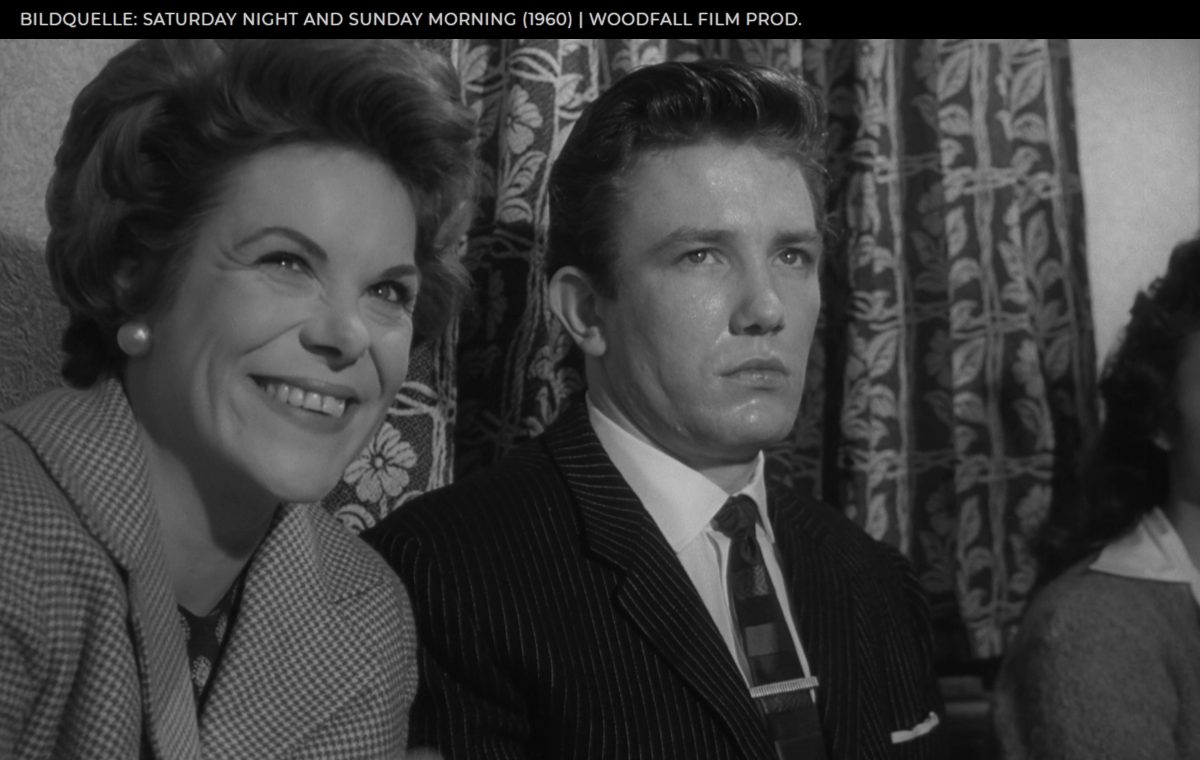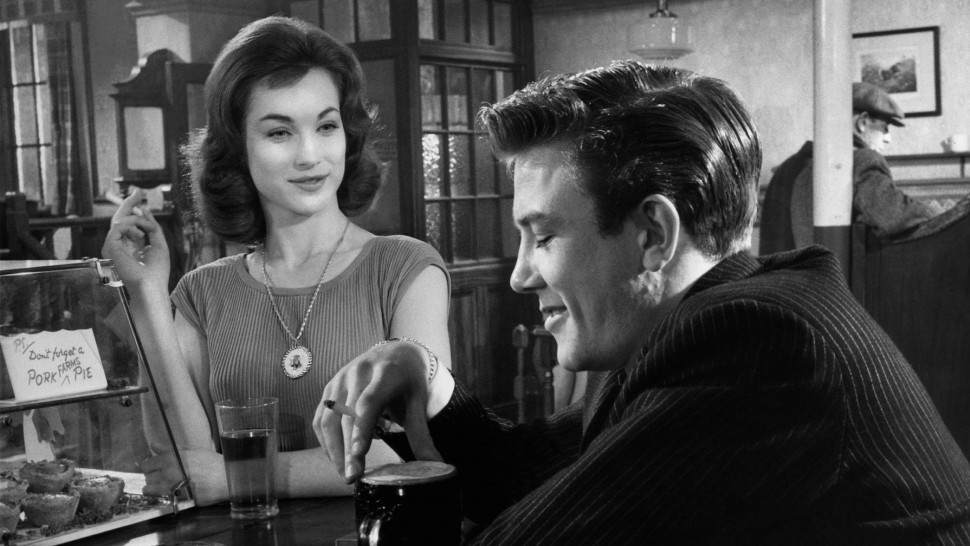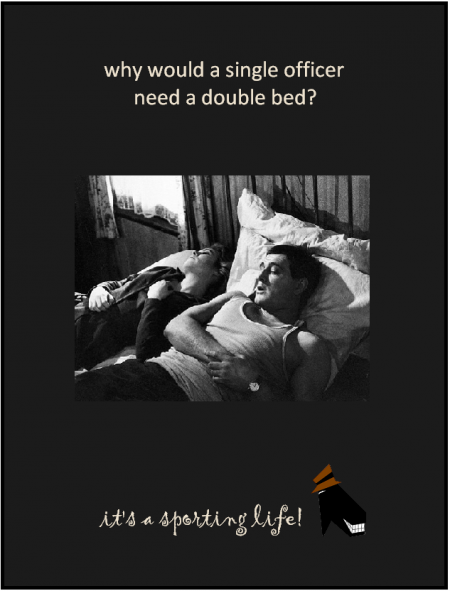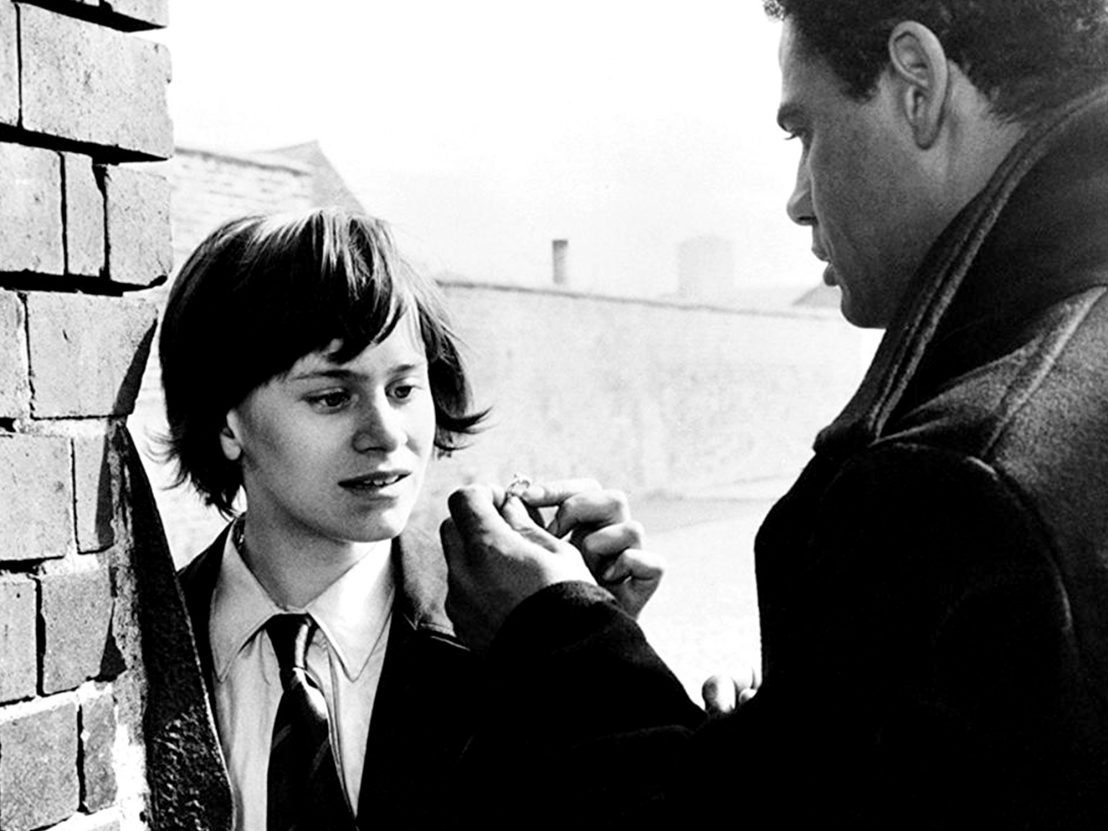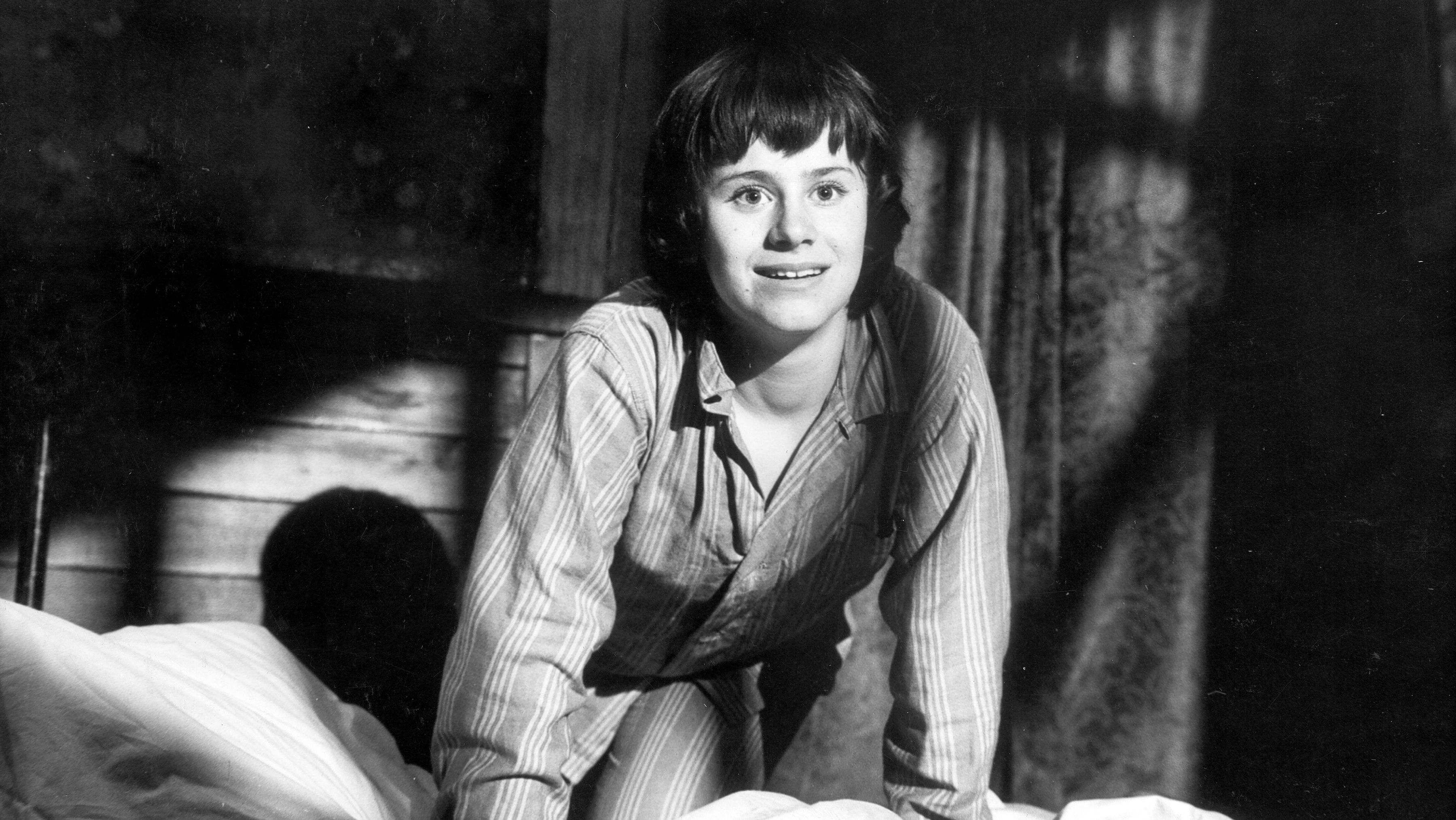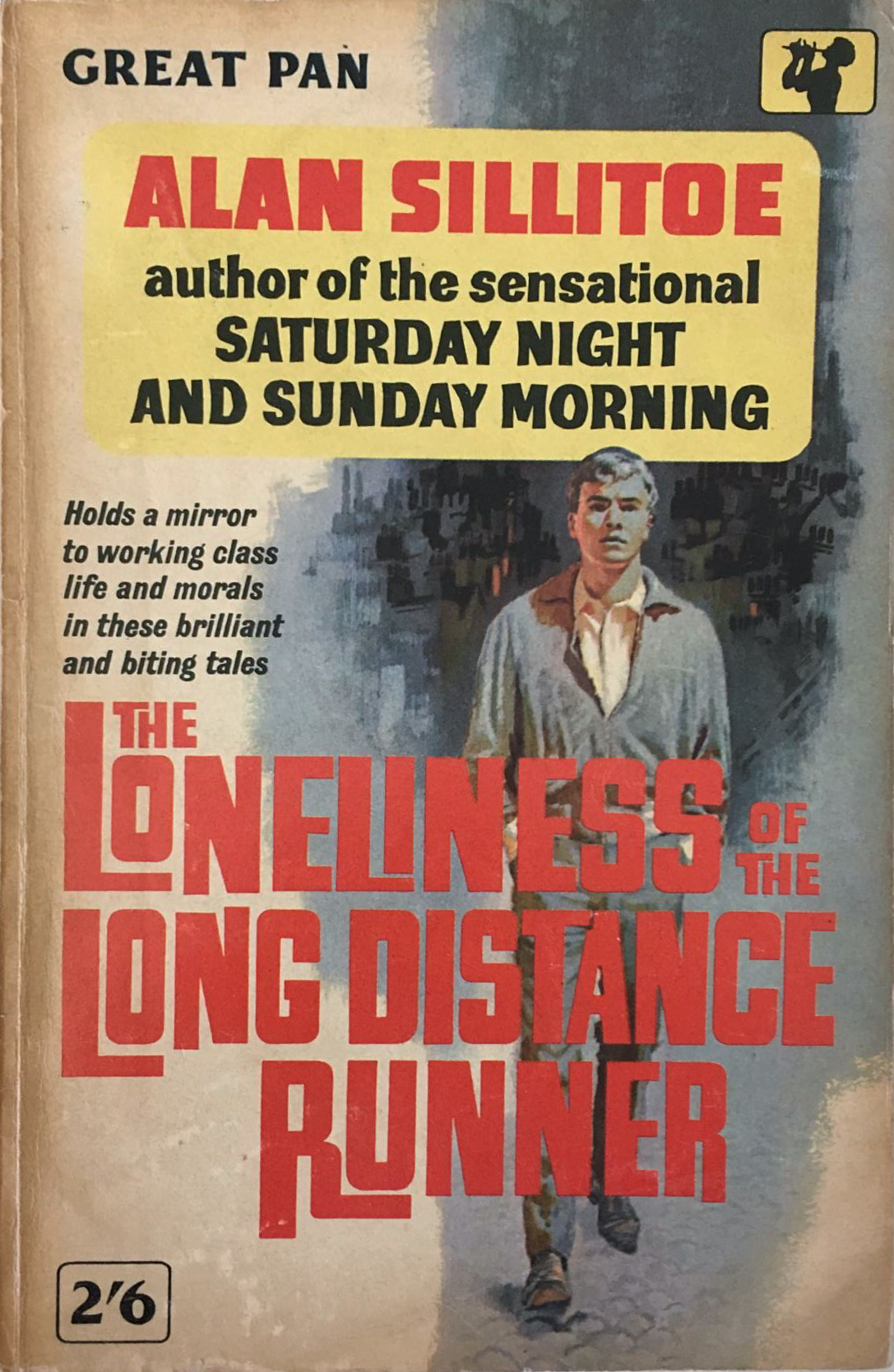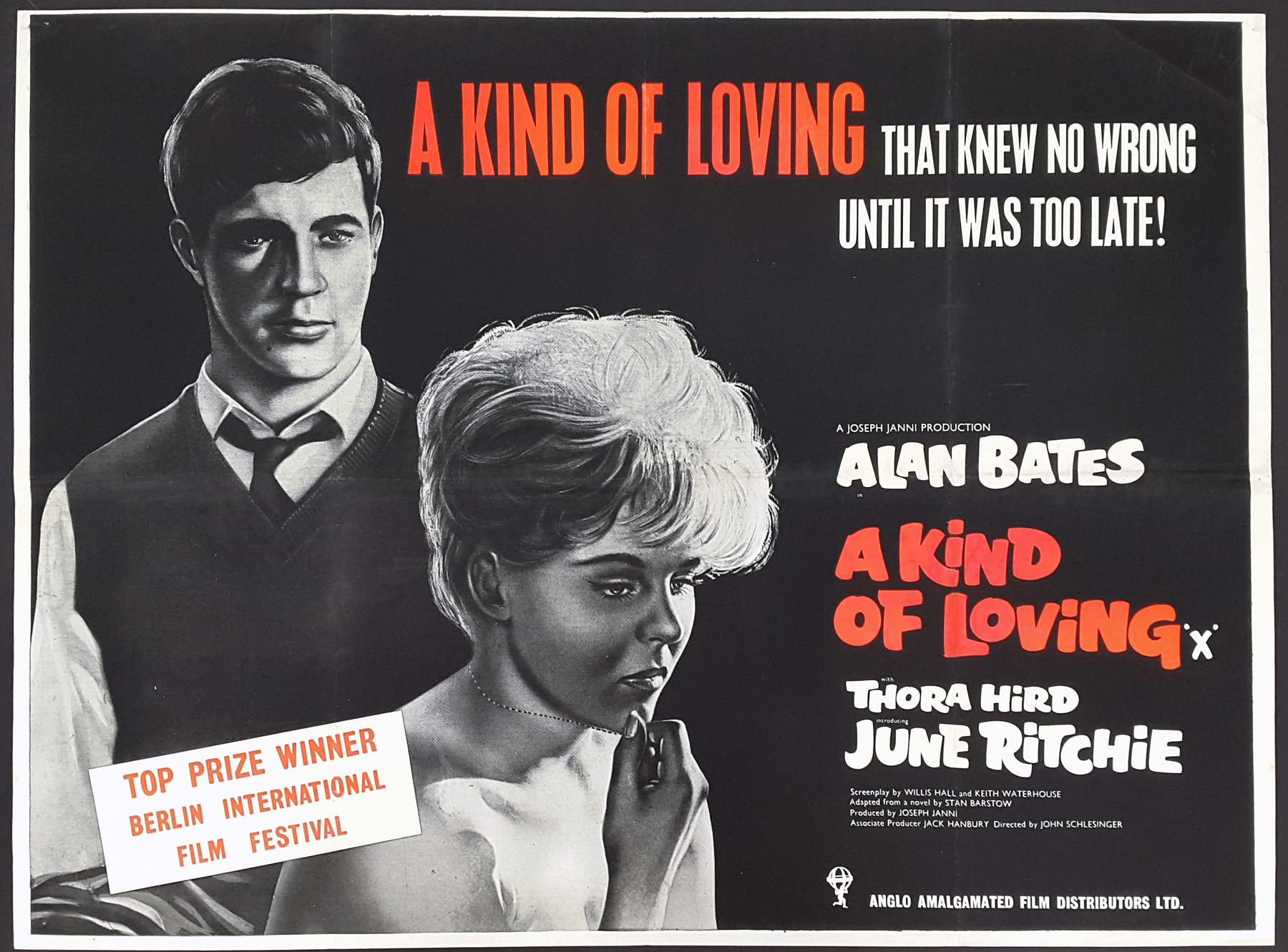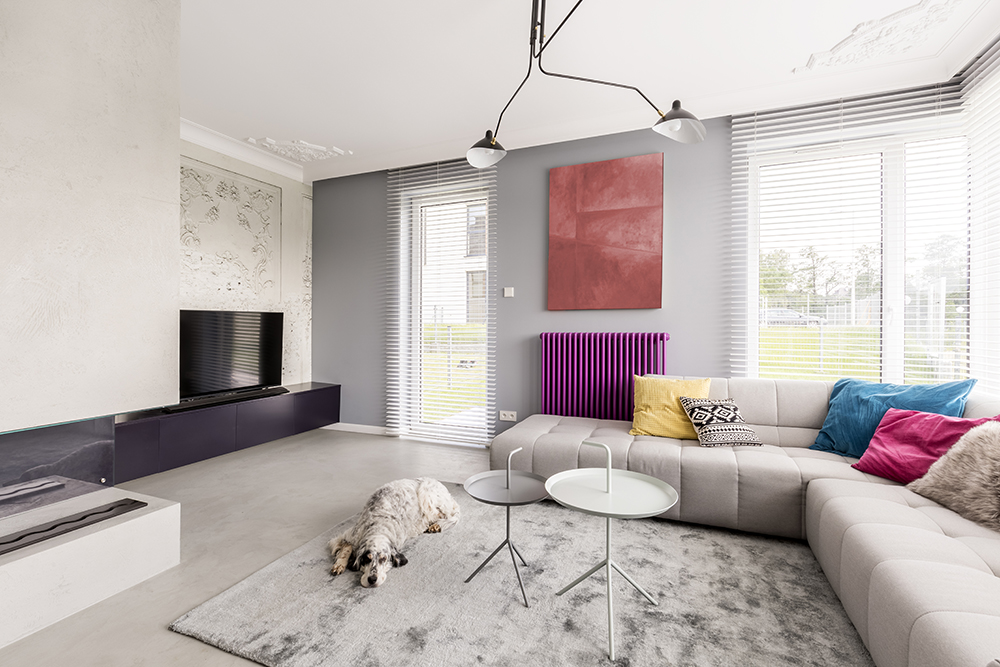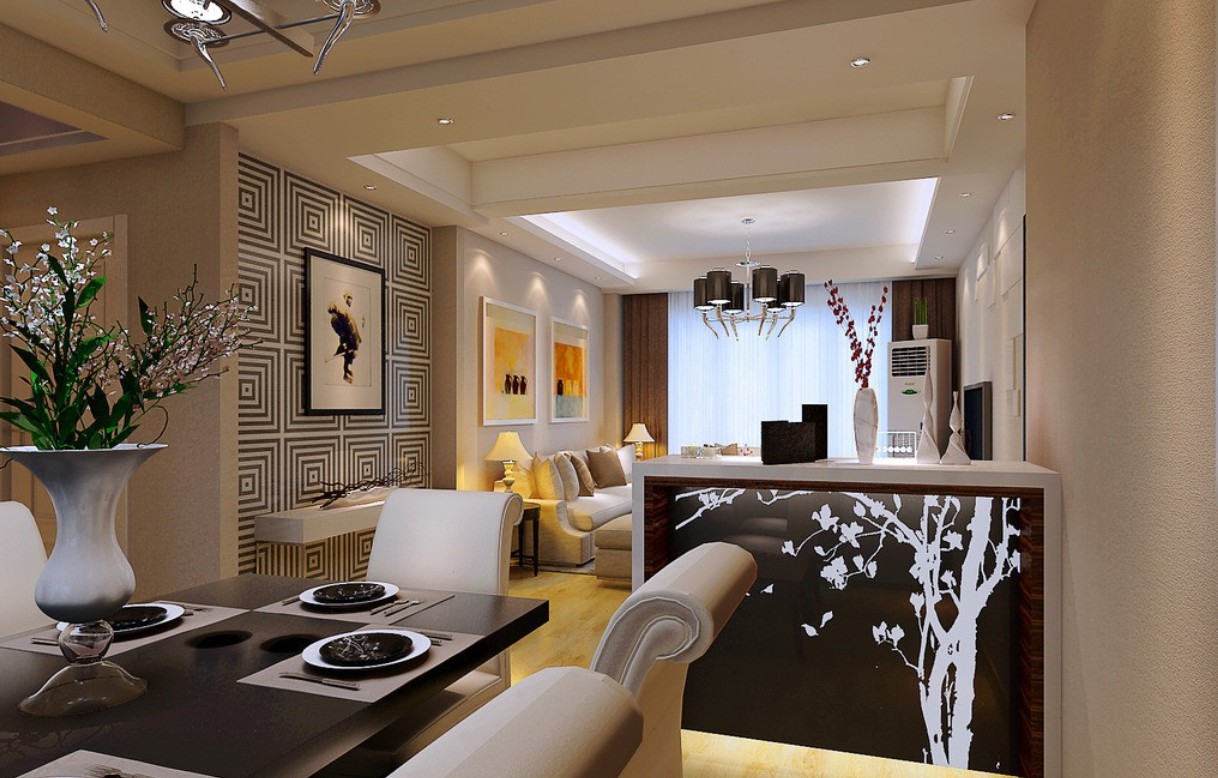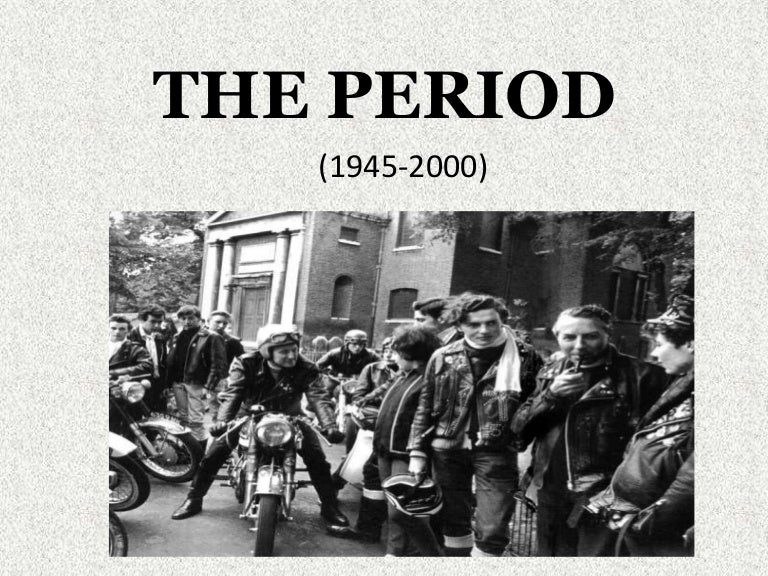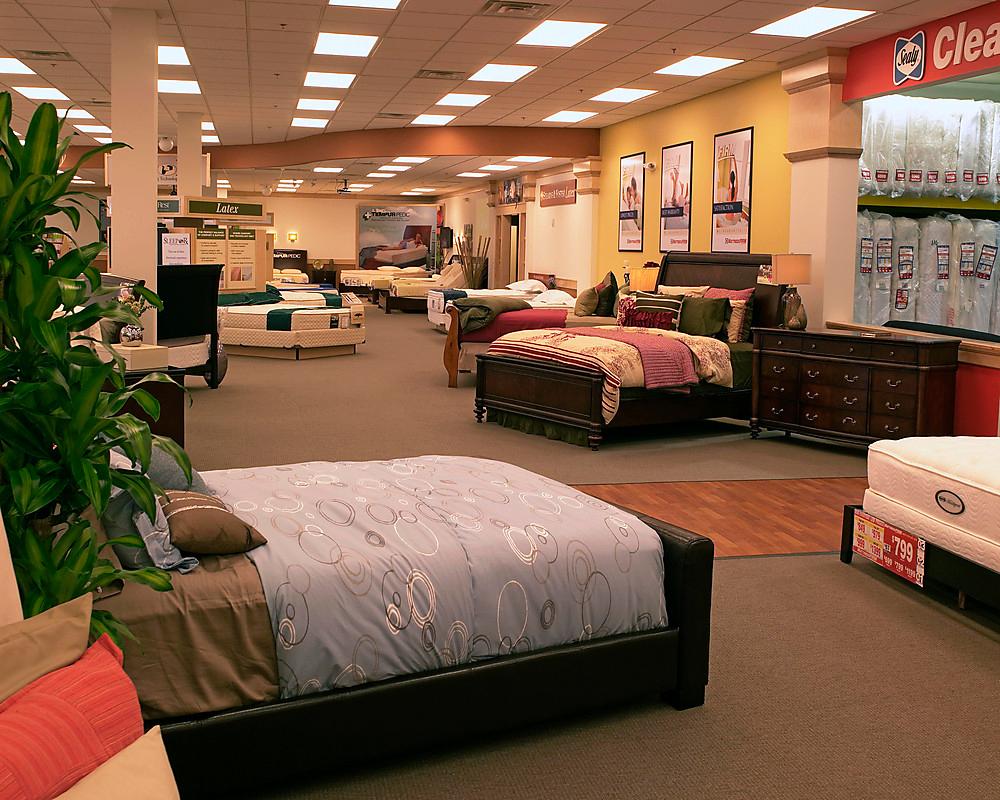The term "kitchen sink realism" was first coined in the late 1950s to describe a new wave of British films and plays that focused on the gritty, working-class life in post-war England. This movement, also known as the British New Wave, was a reaction against the glossy, upper-class dramas that dominated British cinema at the time. These films and plays aimed to depict the struggles and realities of everyday life, often set in the industrial towns and cities of Northern England.British New Wave
One of the most iconic examples of kitchen sink realism is the play Look Back in Anger by John Osborne. It premiered in 1956 and was met with controversy for its raw and honest portrayal of a disillusioned young man and his tumultuous relationship with his wife. The play's themes of class conflict, social inequality, and the frustrations of working-class life struck a chord with audiences and became a defining work of the British New Wave.Look Back in Anger
Another influential work of kitchen sink realism is the novel and subsequent film adaptation of Saturday Night and Sunday Morning by Alan Sillitoe. It follows the story of a young factory worker who rebels against the constraints of his mundane life and seeks pleasure and excitement outside of his working-class community. The film, released in 1960, was praised for its gritty realism and for launching the career of actor Albert Finney.Saturday Night and Sunday Morning
The 1963 film This Sporting Life, based on the novel by David Storey, is another prime example of kitchen sink realism. It tells the story of a coal miner turned rugby player and the challenges he faces in both his personal and professional life. The film is notable for its unflinching portrayal of the harsh realities of industrial working-class life and the effects it has on individuals and their relationships.This Sporting Life
Written by Shelagh Delaney when she was just 18 years old, A Taste of Honey is a groundbreaking play that explores issues of race, gender, and class in 1950s England. It follows the story of a teenage girl and her relationship with her working-class mother and her boyfriend, a black sailor. The play's honest and unapologetic depiction of working-class life and taboo subjects was a major contribution to the kitchen sink realism movement.A Taste of Honey
Released in 1962, The Loneliness of the Long Distance Runner is a film adaptation of the novel by Alan Sillitoe. It tells the story of a young delinquent who discovers a talent for long-distance running while serving time in a juvenile detention center. The film is a powerful commentary on the struggles of working-class youth and the limited opportunities available to them in a society that values class and privilege.The Loneliness of the Long Distance Runner
Another film based on a novel by Stan Barstow, A Kind of Loving is a 1962 drama that explores the complexities of love and relationships in a working-class setting. It follows the story of a young couple who struggle with the expectations of marriage and parenthood, as well as the societal pressures of conforming to traditional gender roles. The film is a poignant and realistic portrayal of the challenges faced by working-class families in the 1960s.A Kind of Loving
Released in 1960, The Entertainer is a film adaptation of the play by John Osborne. It stars Laurence Olivier as an aging music hall performer who struggles to adapt to changing times and the decline of his industry. The film, set against the backdrop of the Suez Crisis, is a commentary on the state of post-war Britain and the effects it had on the working-class population.The Entertainer
Based on the novel by Lynne Reid Banks, The L-Shaped Room is a 1962 film that tells the story of a young, unmarried woman who becomes pregnant and is forced to live in a run-down boarding house. The film explores issues of poverty, social stigma, and women's rights in a male-dominated society. It is a poignant and realistic portrayal of the struggles faced by single, working-class women in the 1960s.The L-Shaped Room
The term "kitchen sink realism" may have originated as a derogatory term, but it has come to represent a significant movement in British culture. These films and plays, with their focus on the everyday struggles and realities of working-class life, challenged the dominant narratives of upper-class society and gave a voice to a previously underrepresented segment of the population. Kitchen sink realism may have faded in popularity in the 1960s, but its influence can still be seen in contemporary British cinema and theatre.Kitchen Sink Realism
The Rise of Kitchen Sink Realism Drama in House Design

Defining Kitchen Sink Realism Drama
 Kitchen sink realism drama is a popular genre in the world of house design that focuses on creating realistic and relatable living spaces. It emerged in the mid-20th century in response to the rise of modernism and its focus on sleek, minimalistic designs. Instead of promoting a polished and perfect aesthetic, kitchen sink realism embraces the clutter and imperfections of everyday life. It is a style that celebrates authenticity and functionality over form.
Kitchen sink realism drama is a popular genre in the world of house design that focuses on creating realistic and relatable living spaces. It emerged in the mid-20th century in response to the rise of modernism and its focus on sleek, minimalistic designs. Instead of promoting a polished and perfect aesthetic, kitchen sink realism embraces the clutter and imperfections of everyday life. It is a style that celebrates authenticity and functionality over form.
The Appeal of Kitchen Sink Realism Drama
 One of the main reasons for the rising popularity of kitchen sink realism drama in house design is its ability to create a sense of comfort and nostalgia. As our lives have become increasingly fast-paced and technology-driven, there is a growing desire for homes that feel warm, inviting, and lived-in. Kitchen sink realism drama achieves this by incorporating elements of the past, such as vintage furniture, handmade items, and traditional decor.
Moreover, this style of house design also promotes practicality and functionality. It prioritizes the needs and routines of the inhabitants, creating spaces that are efficient and easy to maintain. This is especially appealing for busy families and individuals who want their homes to be a place of relaxation and ease, rather than a source of stress and constant upkeep.
One of the main reasons for the rising popularity of kitchen sink realism drama in house design is its ability to create a sense of comfort and nostalgia. As our lives have become increasingly fast-paced and technology-driven, there is a growing desire for homes that feel warm, inviting, and lived-in. Kitchen sink realism drama achieves this by incorporating elements of the past, such as vintage furniture, handmade items, and traditional decor.
Moreover, this style of house design also promotes practicality and functionality. It prioritizes the needs and routines of the inhabitants, creating spaces that are efficient and easy to maintain. This is especially appealing for busy families and individuals who want their homes to be a place of relaxation and ease, rather than a source of stress and constant upkeep.
How to Incorporate Kitchen Sink Realism Drama into Your Home
 The beauty of kitchen sink realism drama is its versatility. It can be incorporated into any home, regardless of size, location, or budget. The key is to focus on creating a balance between form and function. This can be achieved through a mix of vintage and modern elements, as well as incorporating personal touches and items with sentimental value.
Some simple ways to incorporate kitchen sink realism drama into your home include using open shelving to display everyday items, incorporating natural materials such as wood and stone, and adding pops of color through textiles and artwork. It's also important to embrace imperfections and clutter as part of the overall aesthetic.
In conclusion, kitchen sink realism drama offers a refreshing and relatable approach to house design that prioritizes comfort, functionality, and authenticity. Whether you are looking to revamp your current home or starting from scratch, incorporating elements of this style can help create a space that truly feels like home. So why not give it a try and see the difference it can make in your living space?
The beauty of kitchen sink realism drama is its versatility. It can be incorporated into any home, regardless of size, location, or budget. The key is to focus on creating a balance between form and function. This can be achieved through a mix of vintage and modern elements, as well as incorporating personal touches and items with sentimental value.
Some simple ways to incorporate kitchen sink realism drama into your home include using open shelving to display everyday items, incorporating natural materials such as wood and stone, and adding pops of color through textiles and artwork. It's also important to embrace imperfections and clutter as part of the overall aesthetic.
In conclusion, kitchen sink realism drama offers a refreshing and relatable approach to house design that prioritizes comfort, functionality, and authenticity. Whether you are looking to revamp your current home or starting from scratch, incorporating elements of this style can help create a space that truly feels like home. So why not give it a try and see the difference it can make in your living space?


